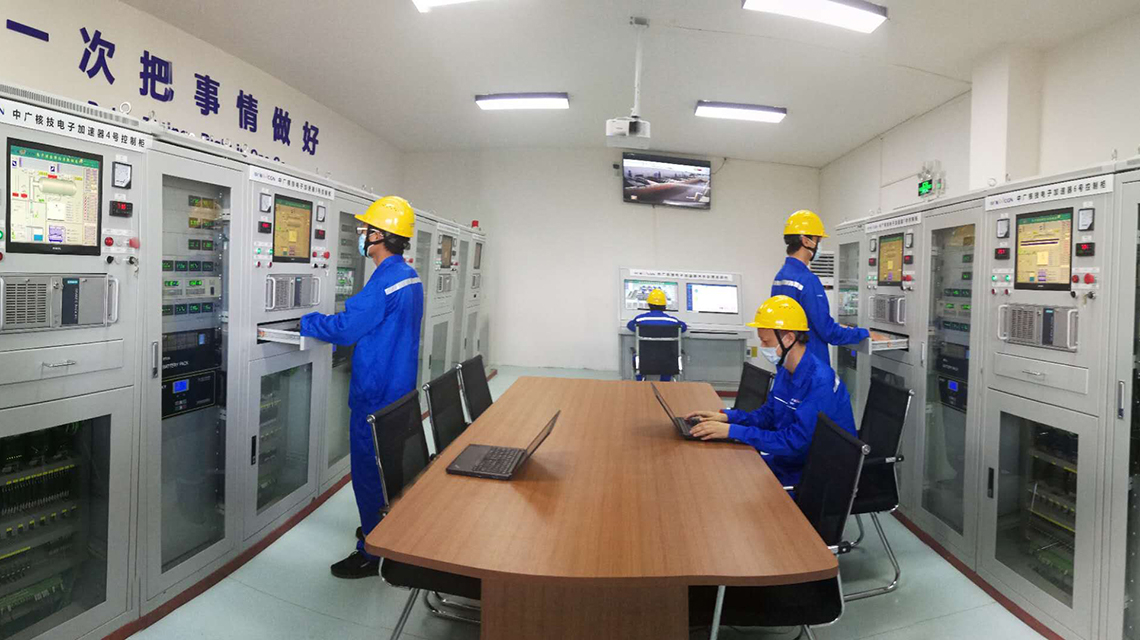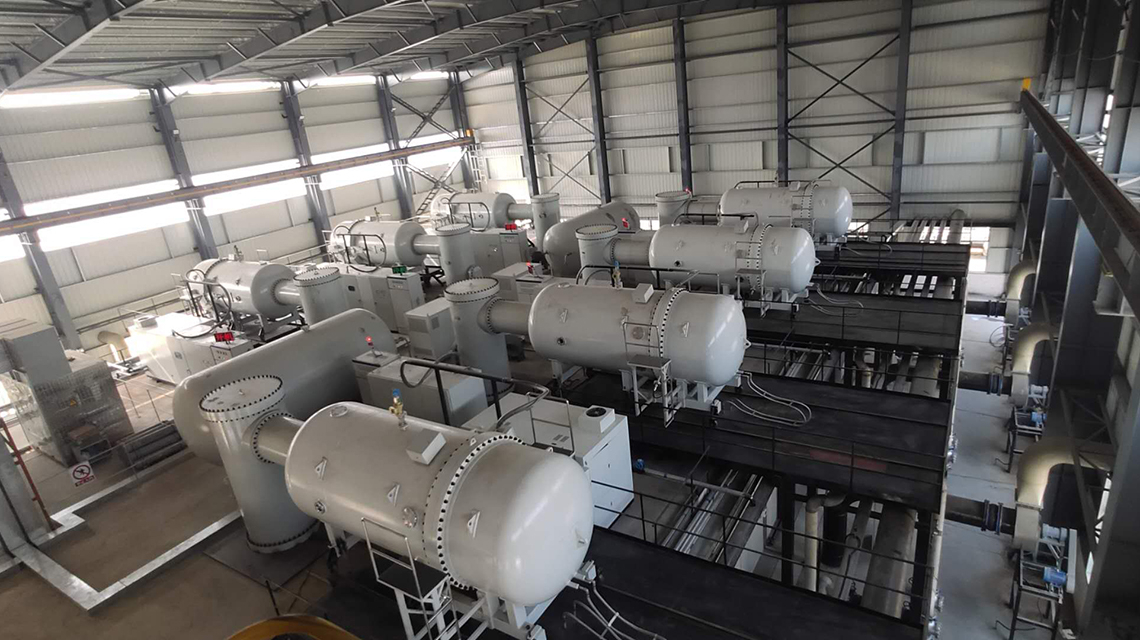With a capacity to treat 30 million litres of industrial wastewater per day, the largest wastewater treatment facility using electron beam technology in the world was inaugurated in China this month. Built on technology transferred by the IAEA since 2010, the treatment process will save 4.5 billion litres of fresh water annually – enough to quench the thirst of 100,000 people each year.
Operating at the world’s largest combed yarn importer, Guanhua Knitting Factory, in southern China, the plant uses electron beam technology to treat water polluted with residues of industrial dyes, whose molecules are too unwieldy to be broken down using bacteria or chemicals. By using electron beam technology, these long and complex molecules in the wastewater can be decomposed and the treated water can be reused.
The textile industry in China, the world’s largest producer, has used chemicals to treat wastewater. But with strengthened policies on environmental protection, they are turning to electron beam technology, which offers a highly efficient and environmentally friendly wastewater treatment method.
“Normally such wastewater would be treated through chemical processes which generate secondary waste,” said BumSoo Han, a radiation chemist at the IAEA. “Electron beam treatment is an eco-friendly and cost-effective method of wastewater treatment as it saves the treatment time and cost for chemicals and there is no secondary waste generated.”
It all started as an IAEA technical cooperation project in 2012, through which Chinese scientists developed a programme to treat wastewater with electron beams. The IAEA support included fellowships at existing facilities in other countries, a national training course and advice from visiting experts, who provided guidance on project development.
“I attended a fellowship in Hungary in 2013 through IAEA support,” said Shijun He, Professor at the Institute of Nuclear and New Energy Technology (INET) at Tsinghua University. “Working in an international laboratory and taking part in training courses directly reflects on the current work we are doing.”








